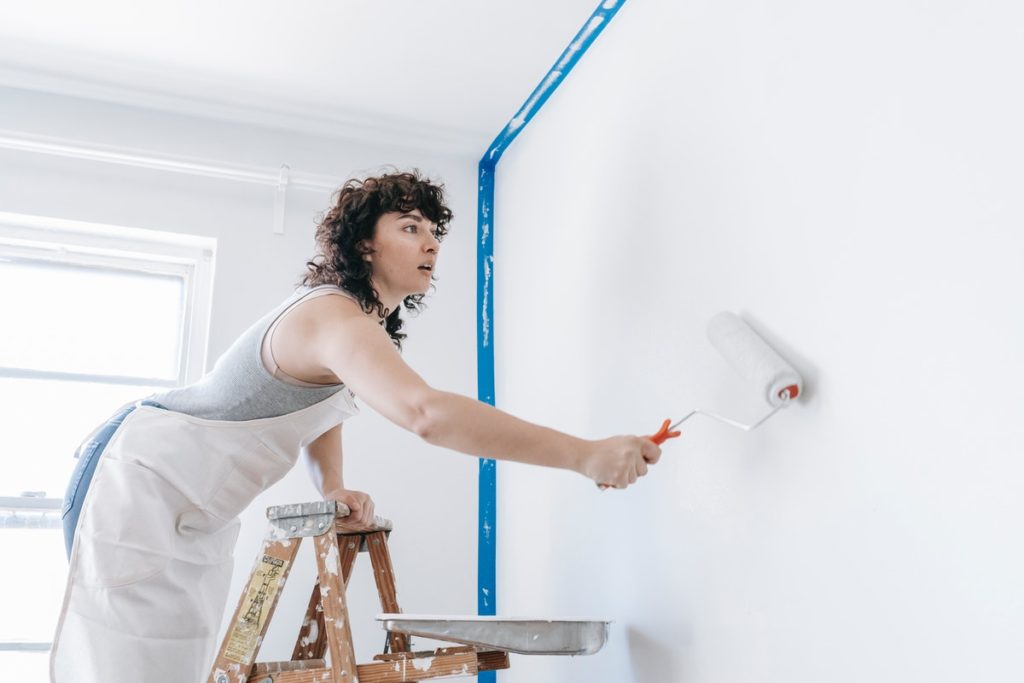The home remodeling business has become a fast-growing industry, even more popularized by shows like Property Brothers and Netflix’s Dream Home Makeover on Netflix. The latter features a Utah couple, Shea and Syd McGee, who merely started from decorating their friends’ homes to running a successful design firm and unique home furnishing line.
Many design studios come from humble beginnings. Whether you’re a designer by trade or a housewife with an eye for design, you can try your hand at beautifying homes for a price. However, as dreamy as TV shows make it appear to be, starting a home remodeling business comes with several challenges.
Follow these tips to get you on the right track and increase your chances of success.
1. Take classes
While it’s true that many successful business owners don’t have degrees or took ones that are completely unrelated, it’s good to have a few qualifications up your sleeve. You can take a couple of classes in a nearby school or do your learning online. You can even get certified to boost your credibility. More importantly, you’ll gain foundational knowledge of design and expand your practical skills. Immerse yourself in anything design – visit open houses, attend fairs and seminars, and visit as many showrooms you can find in your area. It’s also important to familiarize yourself with design styles and principles, as well as all the creative and technical elements that make a house a home.
2. Build your portfolio

Most home renovating companies are built on talent. Your design skills will be your bread and butter, and you must be able to show them to potential clients. The best place to start is with your own home. You can redecorate your home, snap high-quality photos, and put up a website or social media page. You can then offer to redecorate a friend or relative’s rooms or an area of their home for a small fee, or even for free since you’re just starting out.
At this stage, your goal is to get as many small projects as possible to beef up your portfolio so you can take on bigger projects and charge a higher fee in the future. Your projects will give future clients a glimpse into your creative vision and ability to bring ideas to life.
3. Get your finances straight
Unlike full-blown construction companies, a home renovation venture is less complicated in financial terms. Nevertheless, you’ll need to master budget planning and all the financial responsibilities you’ll be taking on. This includes paying your workers, suppliers, or subcontractors, materials and tools, and overhead costs. If you haven’t saved enough money for capital, taking out a business loan may be a good alternative. If you want to start small, consider starting out as a subcontractor first. This way, you can learn the tricks of the trade hands-on and from experts in the field and, at the same time, build your network. Plus, you’ll be able to save up for a bigger capital while still keeping a day job.
4. Build your network
Ideally, you should’ve already built a network even before you launch your home renovation business. In this industry, it’s all about fostering relationships with suppliers and contractors built on mutual trust. Start gathering contacts and build partnerships that will last. Be it a plumber in Eagle Mountain or a furniture shop in Ogden, it’s good to have people you can count on to bring your vision to fruition.
5. Spread the word
With a network at your disposal and a few tricks up your sleeve, you’re ready to market your business. At this stage, you will be venturing beyond your circle to find paying clients you’re not related to. The first thing you should do is advertise on social media, as it’s the most effective channel to spread awareness and engage with potential clients. You can also tap into your previous clients, ask for referrals and testimonials that you can put up on your online profiles or website. Try to avoid spending too much on advertising. Remember, you’re still starting, and too much advertising could lead to over commitment. If you take on too many projects, you won’t stay focused and meet deadlines, which leads us to our final tip.
6. Take a few projects at a time
As an interior design start-up, you should focus more on quality rather than quantity. Plus, it’s never good to bite more than you can chew. If you’re not that confident with your skills yet, take on one project at a time. This way, you can truly focus on delivering the best results for your client. When you’re ready to step up and scale, you can then hire an assistant to handle administrative tasks for you. At this point, it’s wise to get your business registered or consider getting a license. Either way, it would help your business become more official and legal.

